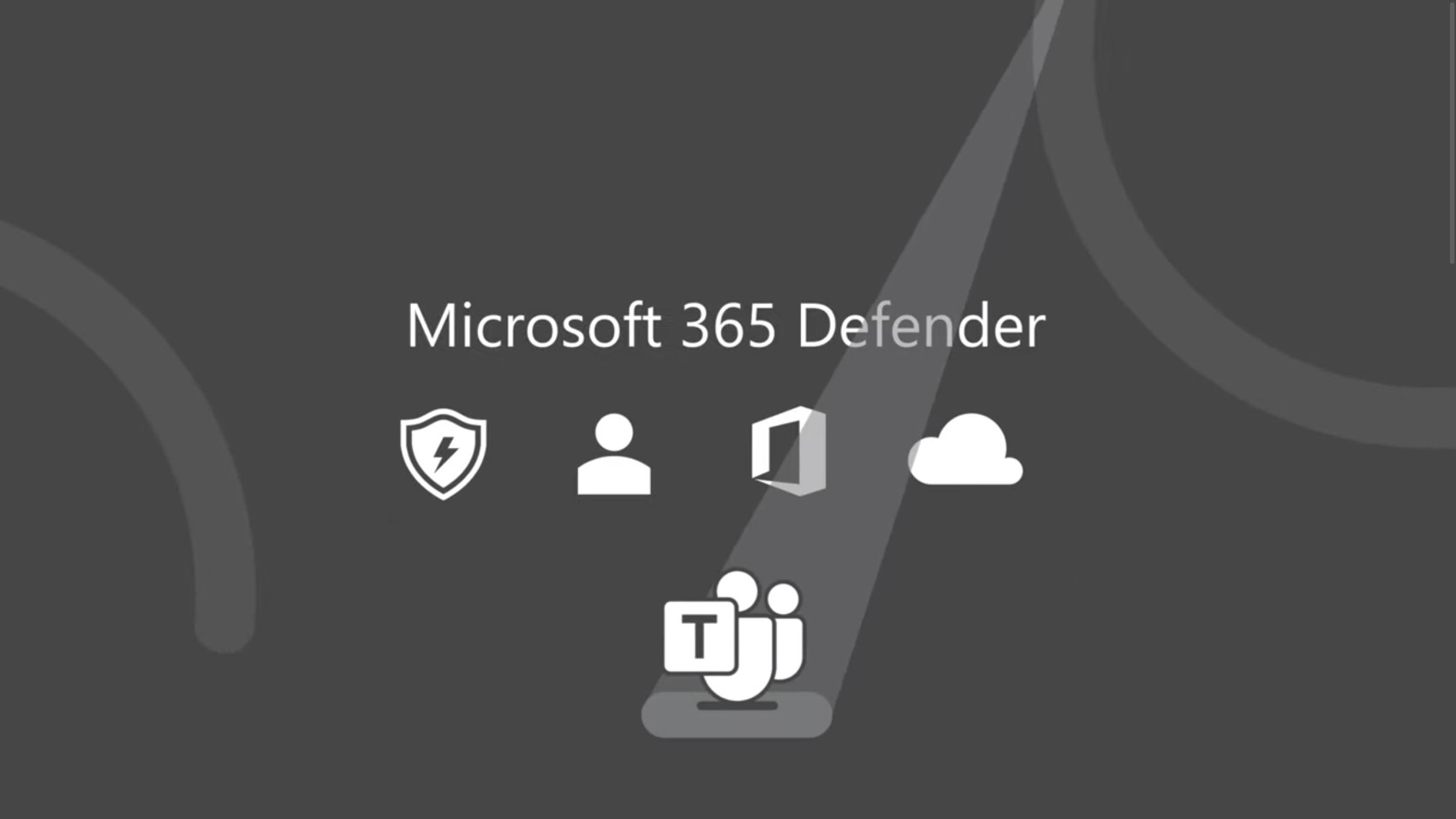Microsoft is beefing up Teams’ security features as the platform is increasingly used to share sensitive information.
According to the company, some 71% of organizations admit to sharing sensitive information across communication platforms like Teams. As a result, these platforms represent a new risk for information being leaked, harked, or stolen, prompting Microsoft to add a number of new security features.
One such feature allows users to report a suspicious link so security teams can take the appropriate measures:
Now we are taking message protection to the next level by giving users the ability to report suspicious messages directly in Teams – similar to what they do today in Microsoft Outlook to report suspicious emails. The security team will be alerted whenever users report suspicious messages and can view them in the Microsoft 365 Defender portal.
Going forward, all user submissions will also be compiled into an auto-generated investigation suspicious URL clicks, giving SOC teams an even more efficient experience to review these suspicious messages and respond faster.
Microsoft is also adding the ability for Teams to auto-detect malicious messages:
For a faster response and automatic action, we are bringing zero auto purge (ZAP) to Microsoft Teams, which protects end-users by analyzing messages post-delivery and automatically quarantines messages that contain malicious content to stop the actor from compromising the account. The power of this capability lies in the holistic approach – once a malicious message is identified, the entire Teams environment will be scanned for that same indicator of compromise and quarantine relevant messages at scale for more effective protection.
While the default configuration for ZAP is to move all malicious messages into quarantine, where SOC teams can analyze them further and decide on next steps, the policy can be easily tailored to suit an organization’s preferred action and workflows.
The company is also adding a number of features to help SecOps analyze data and better identify areas where security needs to be improved.
Overall, these new features are necessary and welcome additions to Teams and should go a long way toward helping companies protect sensitive information.




 WebProNews is an iEntry Publication
WebProNews is an iEntry Publication